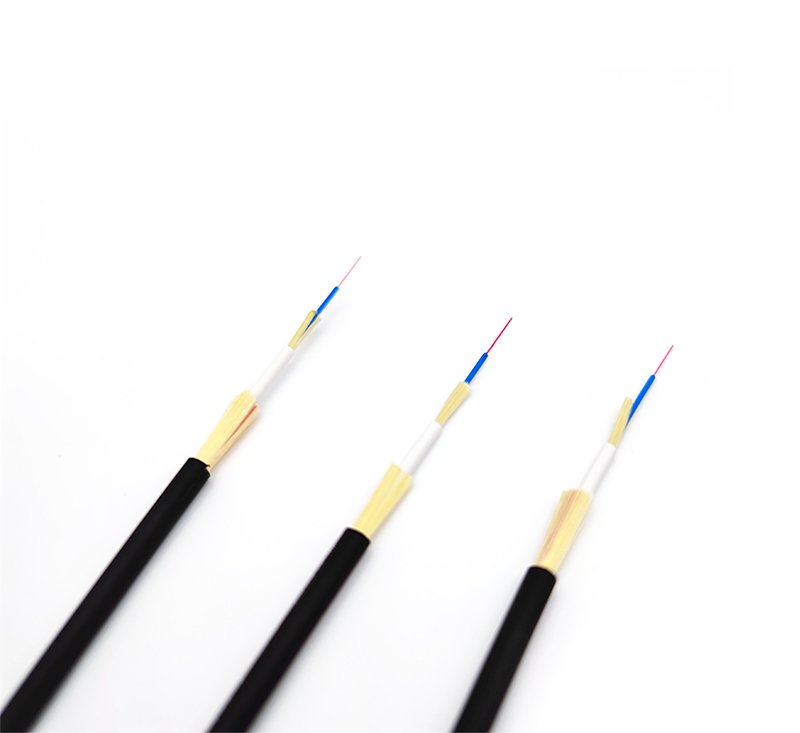The most important thing for long-distance fiber optic cable laying is to choose a suitable path. The shortest path is not necessarily the best, but also pay attention to the right to use the land, the possibility of erection or burial, etc. There must be very complete design and construction drawings for convenient and reliable construction and future inspections. During construction, be careful not to put the optical cable under heavy pressure or be punctured by hard objects.
When the optical cable turns, its turning radius is 20 times larger than the diameter of the optical cable itself.

1. Construction of outdoor aerial optical cable:
A. The overhead method of hanging wire bracket, this method is simple and cheap, and is the most widely used in my country, but it is time-consuming to add hooks and organize.
B. Hanging wire winding overhead method, this method is more stable and less maintenance work. But a special wrapping machine is required.
C. The self-supporting overhead method has high requirements on the trunk line, difficult construction and maintenance, and high cost. It is rarely used in China at present.
D. When overhead, a guiding device must be installed at the place where the optical cable leads to the trunk, and the optical cable should not be dragged to the ground. Pay attention to reducing friction when pulling the optical cable. A length of fiber optic cable should be left on each trunk for expansion and contraction.
E. Pay attention to the reliable grounding of metal objects in the optical cable. Especially in mountainous areas, high-voltage power grid areas and many areas, there are generally 3 grounding points per kilometer, and even non-metallic optical cables are used.
2. Construction of outdoor pipeline optical cable:
A. Before construction, the occupancy of the pipeline should be checked, the plastic sub-pipes should be cleaned and placed, and the traction wire should be placed at the same time.
B. After calculating the deployment length, there must be enough reserved length.
C. The length of one laying should not be too long (generally 2KM). When wiring, it should be pulled from the middle to both sides.
D. The traction force of the cable is generally not more than 120kg, and the reinforcing core part of the optical cable should be pulled, and the waterproof and strengthening treatment of the head of the optical cable should be done.
E. The lead-in and lead-out of the optical cable must be equipped with a guide device, and the floor cannot be directly mopped.
F. The pipeline optical cable should also pay attention to reliable grounding.
3. The laying of directly buried optical cables:
A. The trench depth of direct buried optical cable shall be excavated according to the standard, and the buried depth standard of direct buried optical cable shall be
B. Where it is not possible to dig trenches, the pipelines can be laid overhead or drilled.
C. The bottom of the ditch should be flat and firm, and a part of sand, cement or support can be pre-filled when necessary.
D. Manual or mechanical traction can be used when laying, but attention should be paid to guidance and lubrication.
E. After the laying is completed, the soil should be covered and compacted as soon as possible.
4. Laying of optical cables in buildings:
A. When laying vertically, special attention should be paid to the load-bearing problem of the optical cable. Generally, the optical cable should be fixed once every two layers.
B. When the optical cable passes through the wall or floor, a protective plastic pipe with a mouth guard should be added, and the pipe should be filled with flame retardant filler.
C. A certain amount of plastic pipes can also be laid in advance in the building, and when the optical cable is to be laid in the future, the optical cable can be laid by traction or vacuum method.










